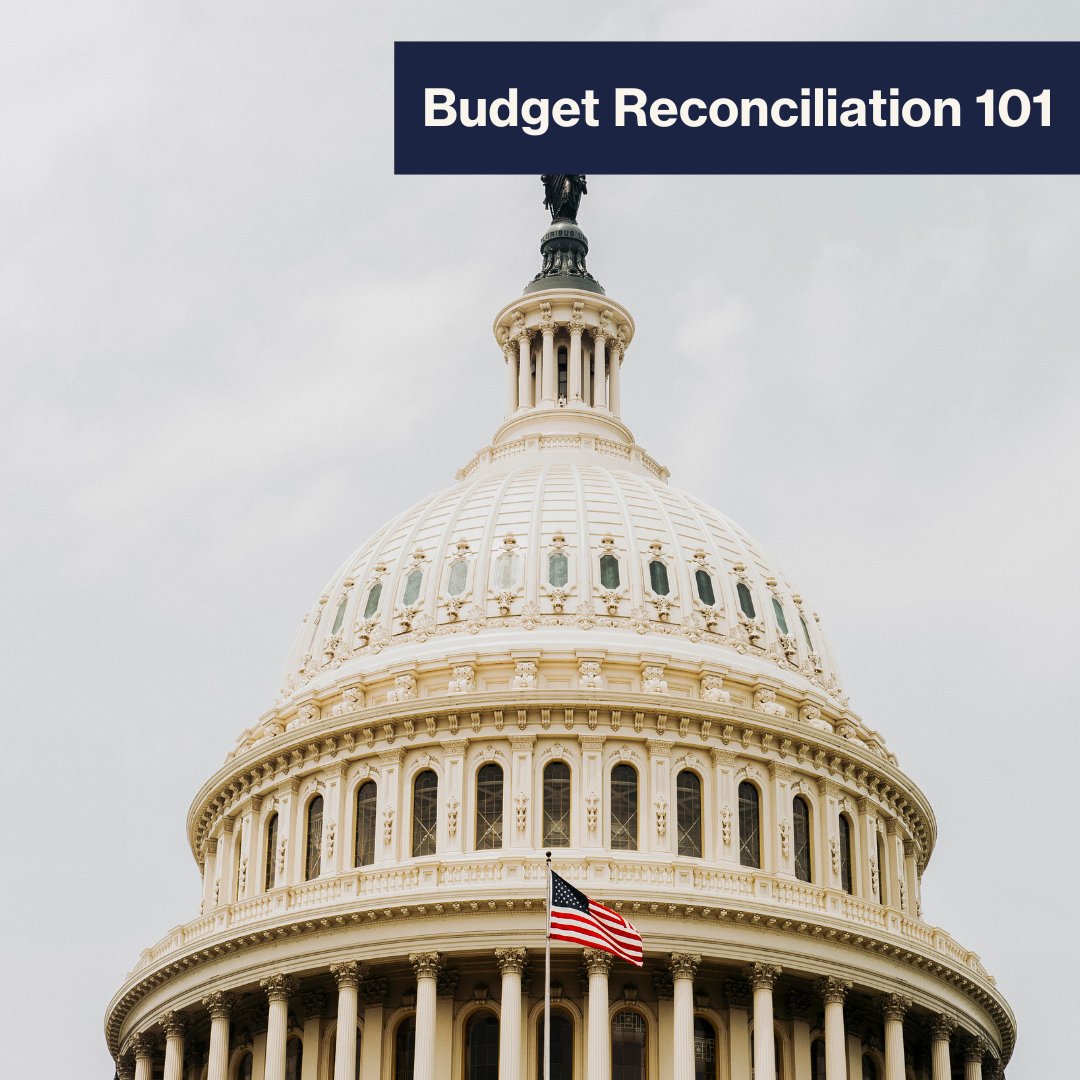If you’ve heard the word “reconciliation” floating around in the news lately, you’re not alone, and you’re not the only one wondering what it means. It’s not about conflict resolution, although sometimes it feels like Congress could use a little of that. In Washington-speak, “reconciliation” refers to a legislative shortcut Congress uses to bypass standard bipartisan requirements during the budgetary process, and this year, it could have serious consequences for millions of people who rely on Medicaid for their healthcare.
Let’s walk through what reconciliation is, how it’s being used in 2025, and why it could impact access to health insurance for millions of Americans.

What Is the Reconciliation Process?
Congressional reconciliation serves as a legislative shortcut that bypasses the Senate’s usual 60-vote requirement. This special legislative process allows lawmakers to modify federal spending, taxation, and debt limits with just a simple majority of 51 votes. Why does this matter? Currently, the Senate is split relatively evenly between the two parties. When one party has just a few more senators than the other, securing 60 votes becomes extremely challenging. You need help from the other party.
However, with reconciliation, the party with a majority of Senators can pass legislation without the need for help from across the aisle. That’s why reconciliation is such a significant issue – it allows one party to pass legislation even when they hold only a narrow majority, as is currently the case.
The process begins with a budget resolution, which serves as a blueprint for Congress to establish its spending and revenue goals for the year. This resolution can include “reconciliation instructions,” which are essentially directions for specific committees in one chamber to draft legislation that meets certain budget targets. Once those committees complete their assigned sections, the pieces are combined into a single, larger reconciliation bill, which is then voted on by the full chamber. If the House and Senate pass different versions of the bill, the two must be negotiated and “reconciled” into a final version that both chambers approve. Only then is the bill sent to the President for signature into law.
But reconciliation isn’t a free-for-all. It comes with strict rules, the most significant of which is known as the Byrd Rule. This rule says that every part of the bill must directly impact federal spending or revenue. In other words, lawmakers cannot include unrelated policy changes. Everything in the bill has to be focused on the budget. Whether a provision meets that standard is determined by the Senate Parliamentarian, a nonpartisan “referee” who interprets the Senate’s rules. This little-known congressional player holds considerable sway over the direction of the nation’s budget. The process of reviewing each provision is known, somewhat humorously (or frustratingly, depending on which side of the decision you’re on), as a “Byrd bath.” It is a technical but important step that determines what can remain in the bill and what must be removed.
Even with those limits, reconciliation can—and has—been utilized to impact major areas of public policy, including healthcare significantly.

So, What’s Happening in 2025?
This year, Congress is working on a new budget resolution that includes reconciliation instructions. And there’s already a sense of urgency: Republicans have set a self-imposed deadline of July 4 to complete their version of the budget and any related reconciliation measures. This deadline isn’t required by law, but it certainly signals their intent to move quickly.
While details are still being finalized, early indications point to significant spending cuts across a range of federal programs, including Medicaid. The House Energy and Commerce Committee, which oversees Medicaid and several other key health programs, was instructed to identify nearly $900 billion in cuts, raising serious concerns about how those reductions could affect access to care. Some lawmakers are proposing measures to reduce the federal government’s share of Medicaid funding, alter the program’s financing, or impose new restrictions that make it more difficult for individuals to remain enrolled. These kinds of changes are allowed under reconciliation because they affect the federal budget, even though they could have a significant impact on people’s lives.
In late May, the House passed its version of the reconciliation bill that includes the aforementioned $900 billion in Medicaid cuts. The Senate is now considering its version, unveiled in mid-June, and must then reconcile it with the House’s version before it’s sent to the President’s desk. Whether the cuts will remain in the final version of the bill remains to be seen, as Republicans work to find common ground on how extensive they should be. However, the reconciliation process is moving forward, and, depending on the outcome, it could lead to significant changes in the Medicaid program.

Why Medicaid Is on the Line
Medicaid is the country’s most extensive public health insurance program, covering over 90 million people. It is the primary way that low-income children, people with disabilities, pregnant women, and older adults access care. It funds everything from cancer treatment to mental health services to long-term care.
Because Medicaid is jointly funded by states and the federal government, changes to federal funding levels can force states to make hard choices. That could mean cutting benefits, tightening eligibility, or removing people from coverage altogether.
Some of the current proposals being discussed could cap the amount of federal funding states receive, regardless of their needs or enrollment. Others may require individuals to go through additional administrative hurdles to maintain their coverage. In both cases, the risk is clear: millions of people could lose access to health care. The Congressional Budget Office (CBO), which calculates the potential budgetary impacts of legislation, estimates that nearly 11 million people would lose Medicaid coverage based on the House version of the reconciliation bill that was passed. While this may change as the Senate and House bills are reconciled, such a staggering number of affected patients should give everyone pause.

Why This Matters to Us
The Infusion Access Foundation is a patient advocacy organization dedicated to supporting patients and their caregivers. Our top priority is making sure patients in need of infusion therapy can access the care they need to stay healthy and live their lives to the fullest. Medicaid plays a huge role in making that possible. It’s not perfect, and there’s always room to improve how health care is delivered. But drastically cutting funding or creating barriers to enrollment doesn’t solve those problems. It just puts people at risk. Changes to Medicaid should be guided by one question: Will this help or hurt the people who rely on it every day? We believe patients deserve a voice in that conversation.

What You Can Do
The reconciliation process can feel technical and distant, but it’s moving quickly and shaping decisions that could impact health coverage for millions of Americans. We’ll continue to closely follow the reconciliation process and advocate for policies that prioritize patients’ needs. In the meantime, your voice can help shape what happens next.
Health care isn’t just about numbers on a spreadsheet. It’s about people. And every voice counts.








